Film Photography: A Timeless Aesthetic
In an era dominated by digital perfection, film photography stands as a nostalgic whisper of the past, a medium where imperfections become art and patience rewards the soul. The revival of film photography is more than a fleeting trend; it’s a testament to its enduring charm and unique ability to tell stories with character and warmth.
For travel enthusiasts and photographers alike, film photography is a passport to a bygone era, a way to capture not just an image, but a feeling. Imagine wandering the cobblestone streets of a European town or exploring vibrant markets in Southeast Asia, camera in hand, and the satisfying click and roll of film marking each captured moment. It’s the antithesis of the fast-paced digital age, offering a slower, more intentional way to document the world.
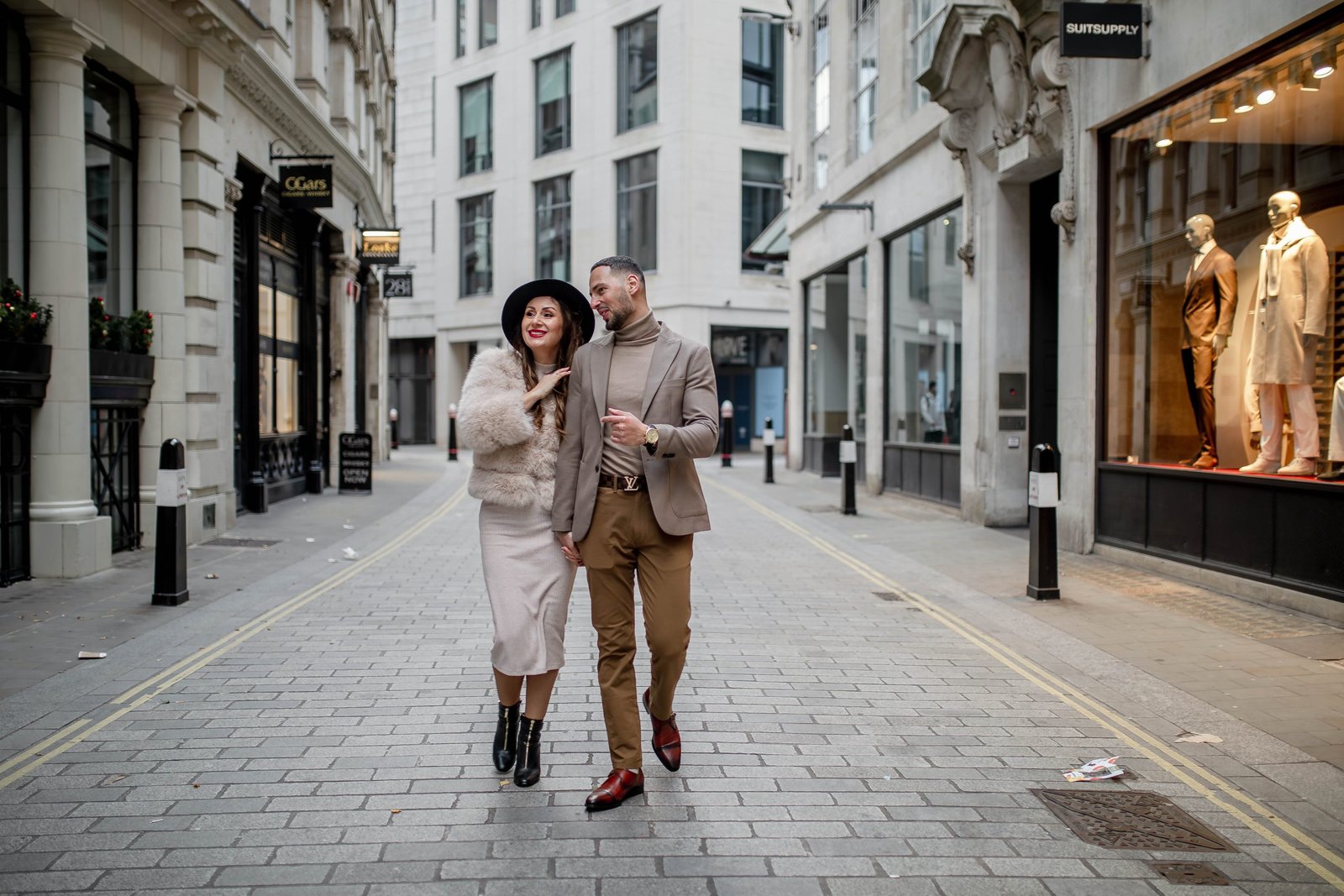
What Makes Film Photography Special?
At its core, film photography is both art and craft. Unlike the razor-sharp clarity of digital cameras, film images embrace imperfection. Soft edges, subtle grain, and occasional light leaks create photos that feel organic and raw. This aesthetic, often described as “whimsical” or “magical,” lends a timeless quality to images, like leafing through an old family album filled with cherished memories.
Shooting film is a tactile experience. Each roll comes with a finite number of frames, often 24 or 36, encouraging photographers to think deeply about every shot. There’s no preview screen, no instant validation. Instead, there’s an element of surprise, a delayed gratification that makes the eventual reveal all the more rewarding.
The imperfections of film, its slight inconsistencies, muted tones, and subtle texture, capture emotions in a way that digital images often cannot. It’s this authenticity, this sense of grounding in reality, that draws so many to film.
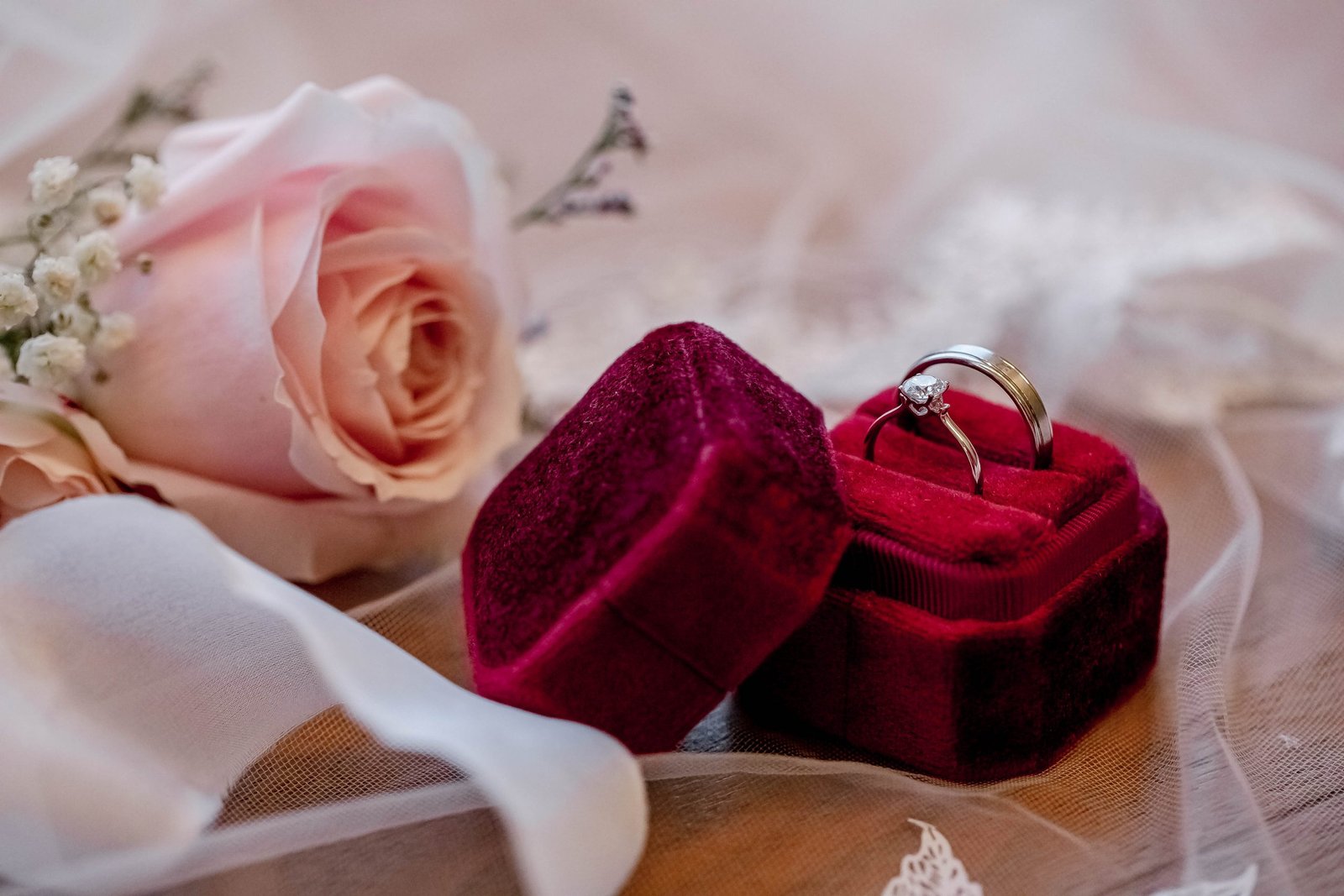
The Tools of the Trade
For my adventures in film photography, the Canon AE-1 is my trusted companion. First released in the late 1970s, this classic camera strikes a balance between vintage charm and usability. With its shutter speed-priority exposure mode and a durable build, it’s perfect for both seasoned photographers and curious beginners looking to dive into the world of analog.
Yes, I own two of them, one in silver and one in black. There’s something irresistible about their minimalist design and reliability. Paired with an FD 50mm f/1.8 lens for portraits and everyday scenes, and a 28mm wide-angle lens for sweeping landscapes, this setup is versatile and dependable.
Recently, I expanded my collection with a 70-200mm telephoto lens, unlocking a new world of possibilities. This lens allows for detailed, intimate shots of faraway subjects, a lone hiker on a distant ridge, wildlife in their natural habitat, or even candid moments in bustling markets. It’s a game-changer, bringing greater flexibility to my film photography adventures.
For film stock, Kodak Colorplus 200 has become my go-to choice. Affordable and versatile, it delivers warm tones and vibrant colors, ideal for capturing the vibrancy of travel destinations. Loading a roll of 35mm film, winding it manually, and hearing the satisfying click of the shutter brings a sense of connection to the process, a far cry from simply pressing a button on a smartphone.
About
Hi, I’m Nitisha. I grew up in a world that told me to follow the script, but somewhere along the way I traded the script for a compass. These days, I follow where my feet and heart lead, from sleepy towns to saltwater coves, capturing stories that feel like home even when I’m far from it.
Download Your Free
Solo Travel Guide now!
Complete Guide
Keep Calm,
Tie
the Knot
Complete Guide
Related Posts

8 Essential Wedding Moments to Capture
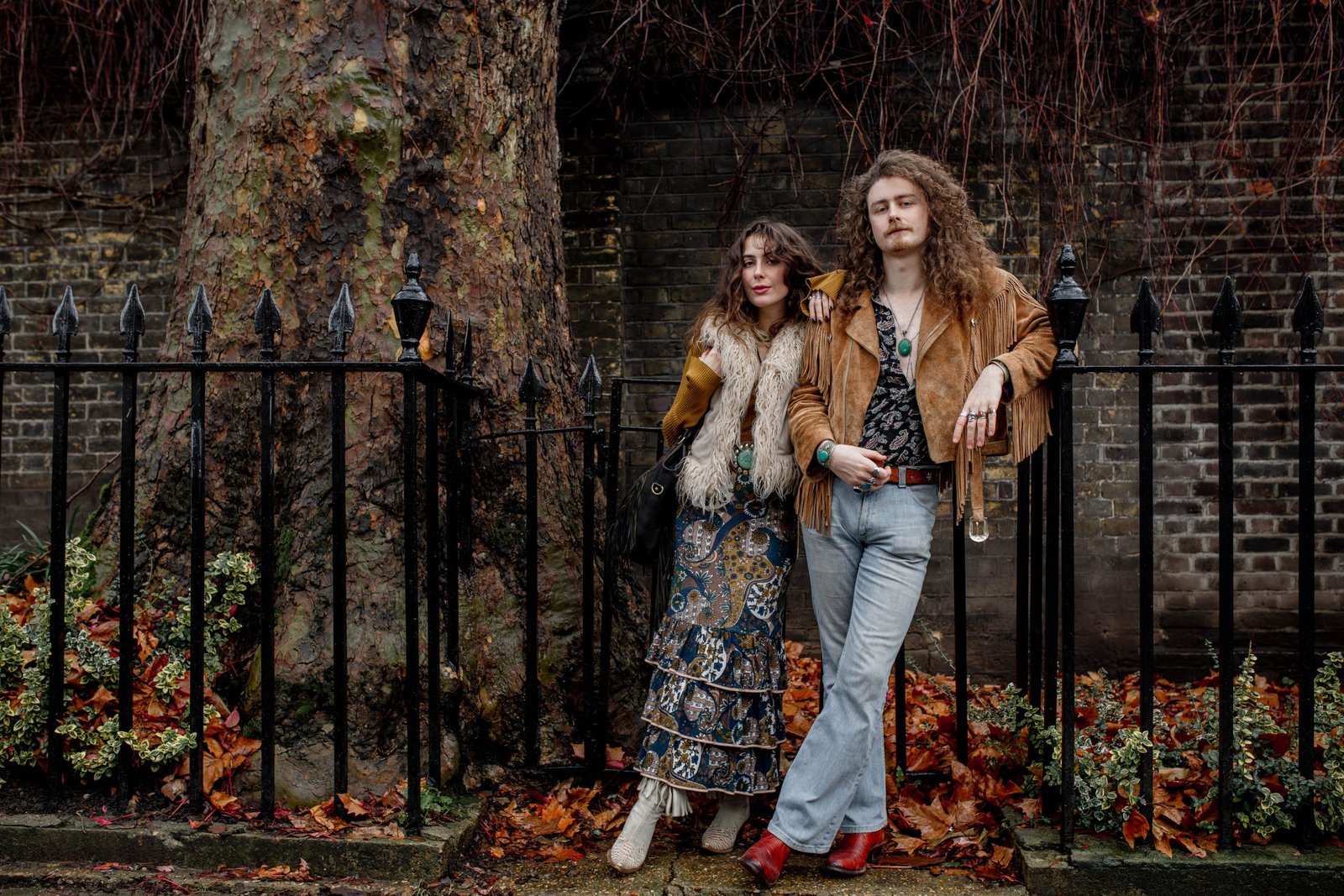
8 Essential Wedding Moments to Capture
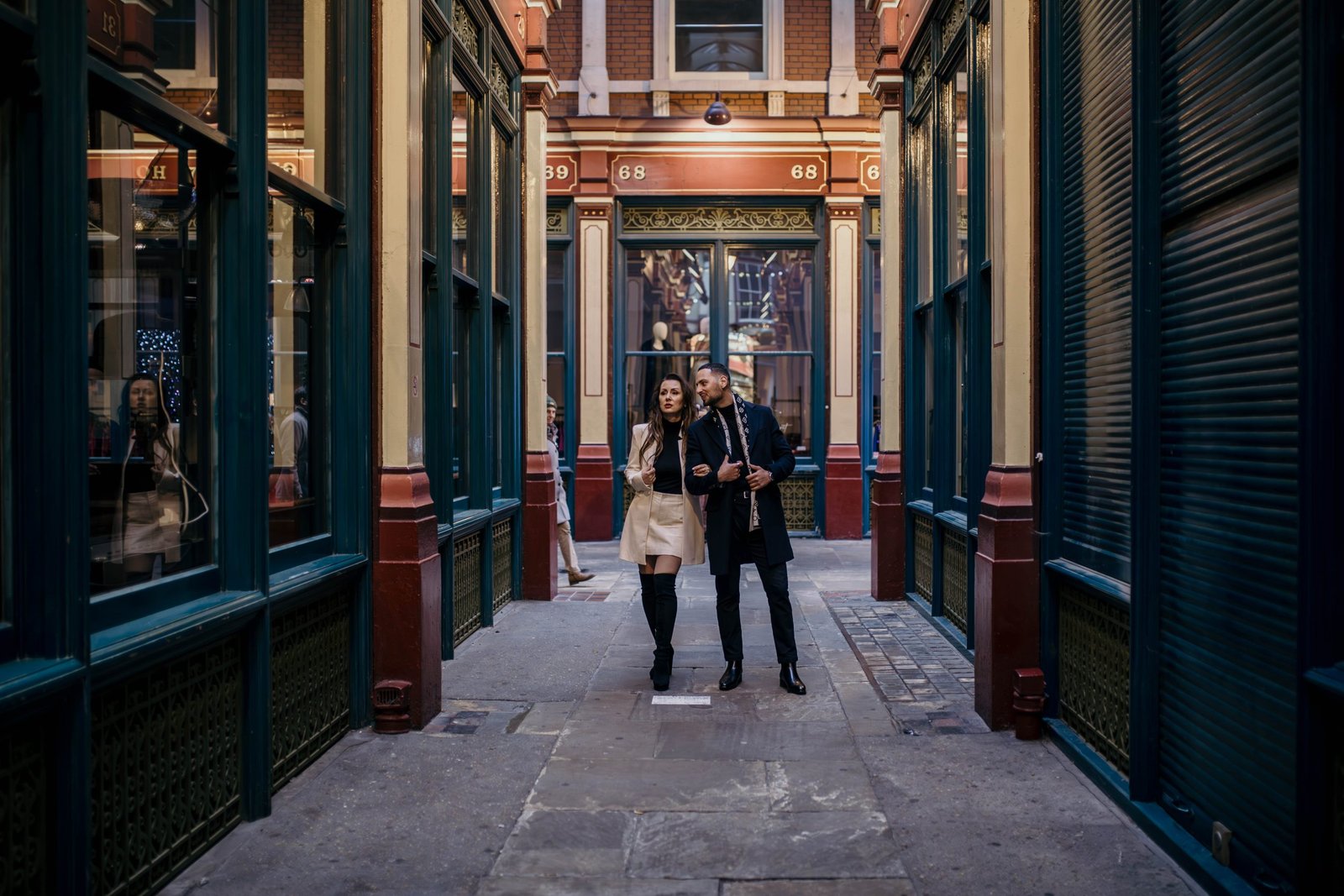
8 Essential Wedding Moments to Capture
Shop Your
Lightroom Presets Here!
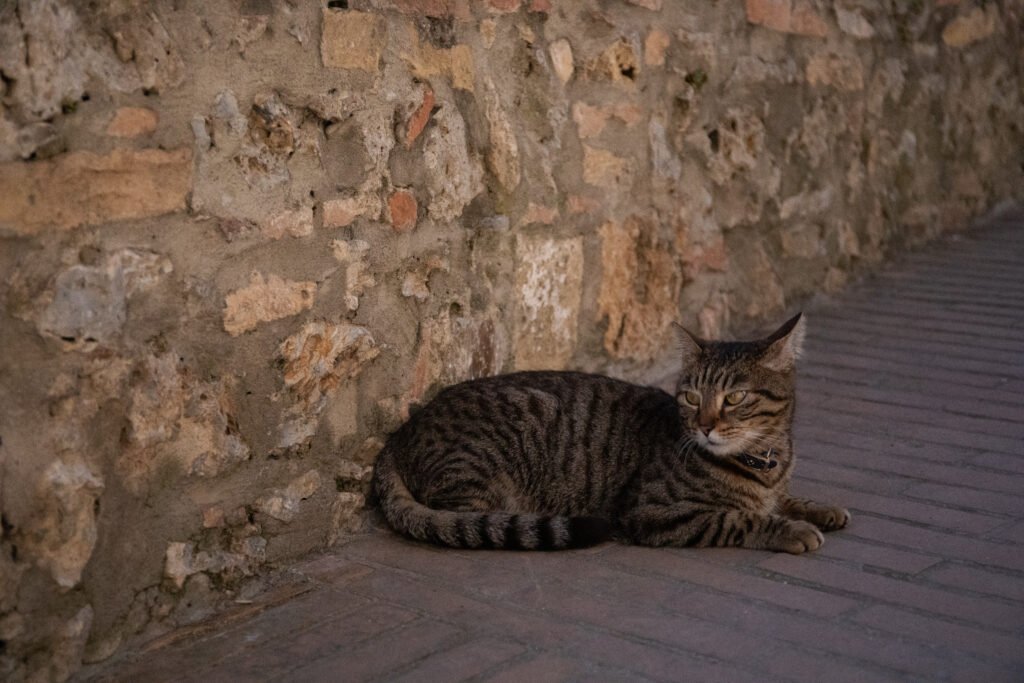
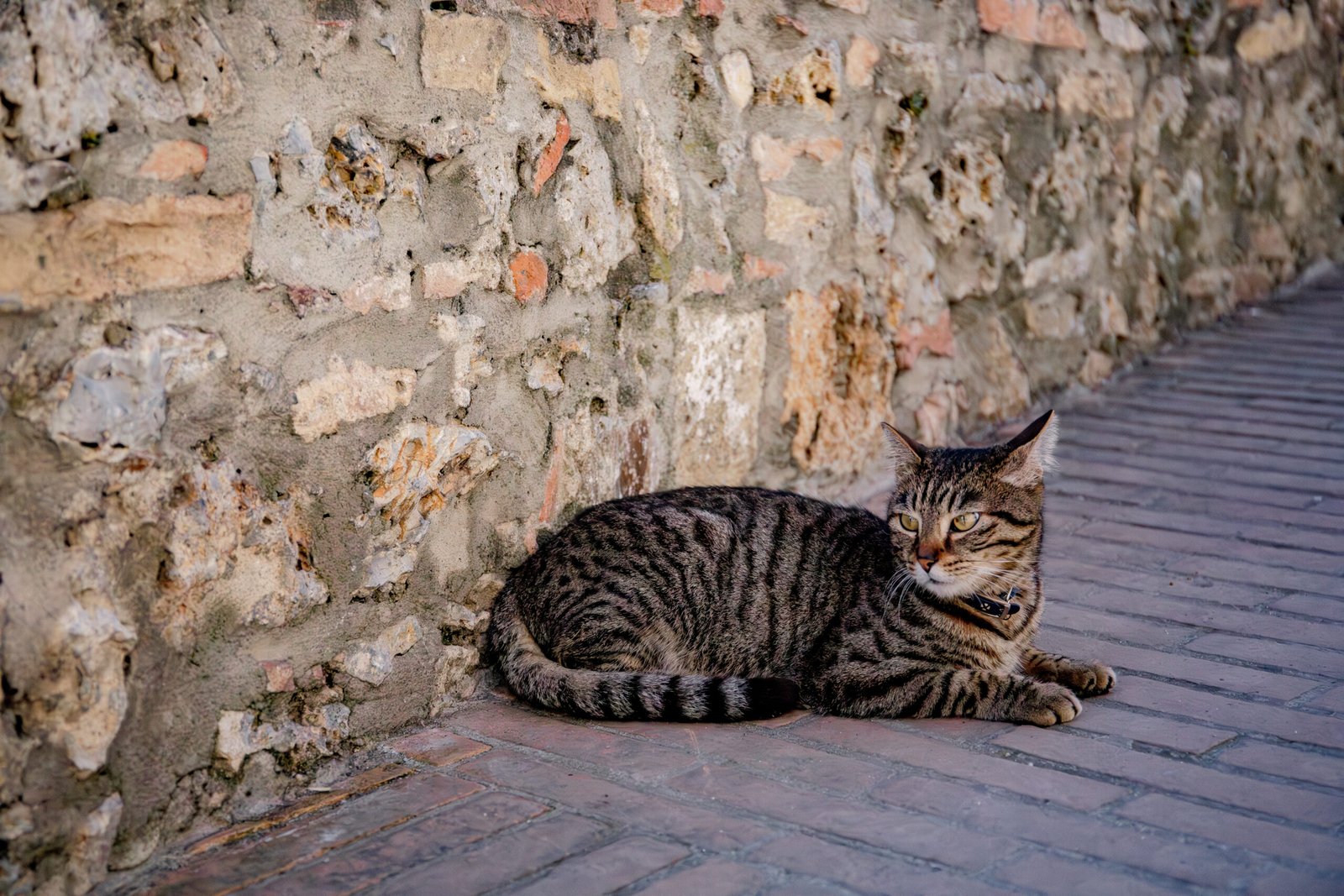
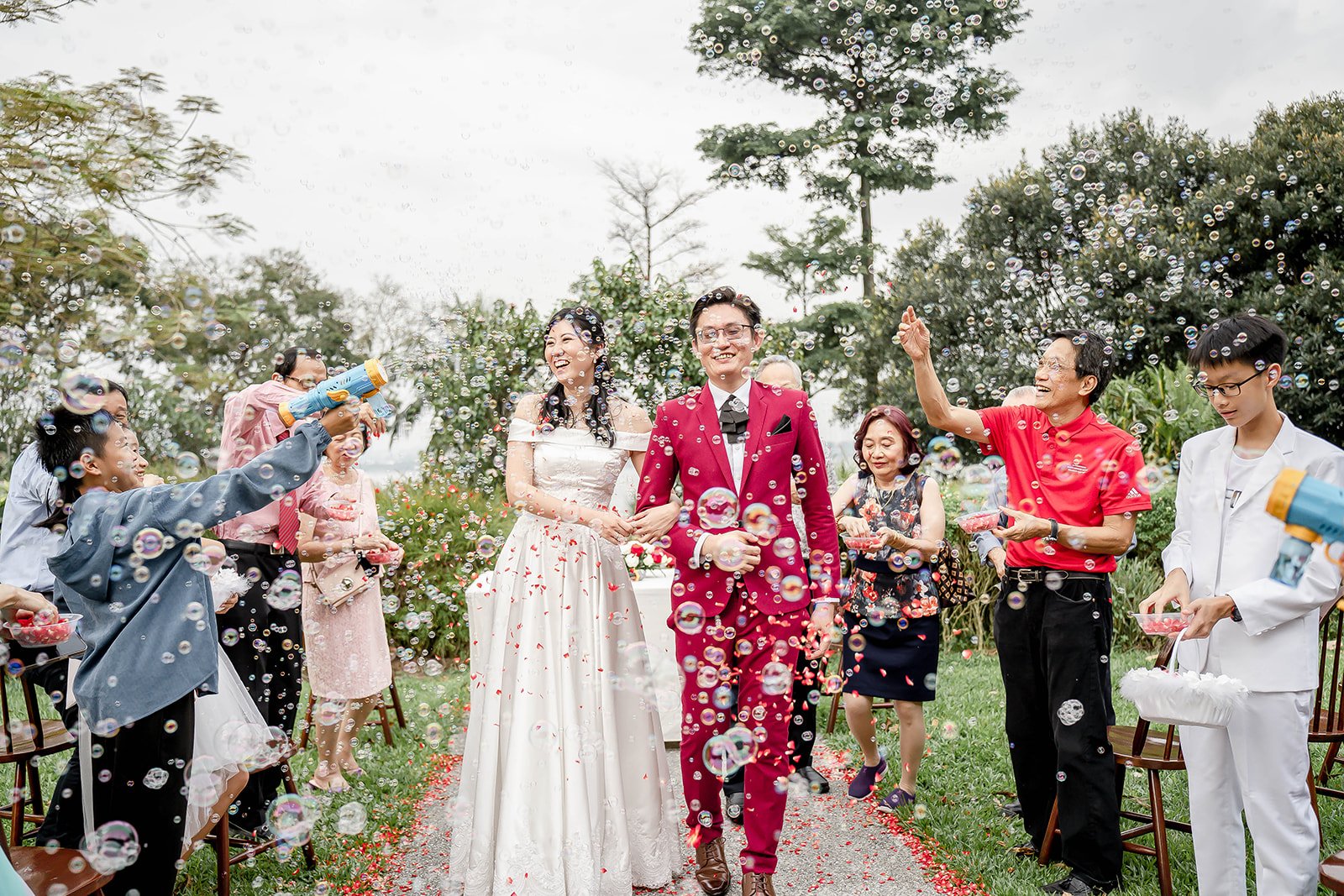
Patience Is Key
If digital photography is a sprint, film is a leisurely stroll. After shooting a roll of film, there’s no immediate gratification. Development takes time, and if you’re sending your rolls to a lab, it might be days or even weeks before you see the final results.
But therein lies the magic. The wait becomes part of the journey, amplifying the anticipation and joy when you finally hold your prints. Each image feels like a small treasure, a moment from the past resurrected in the present.
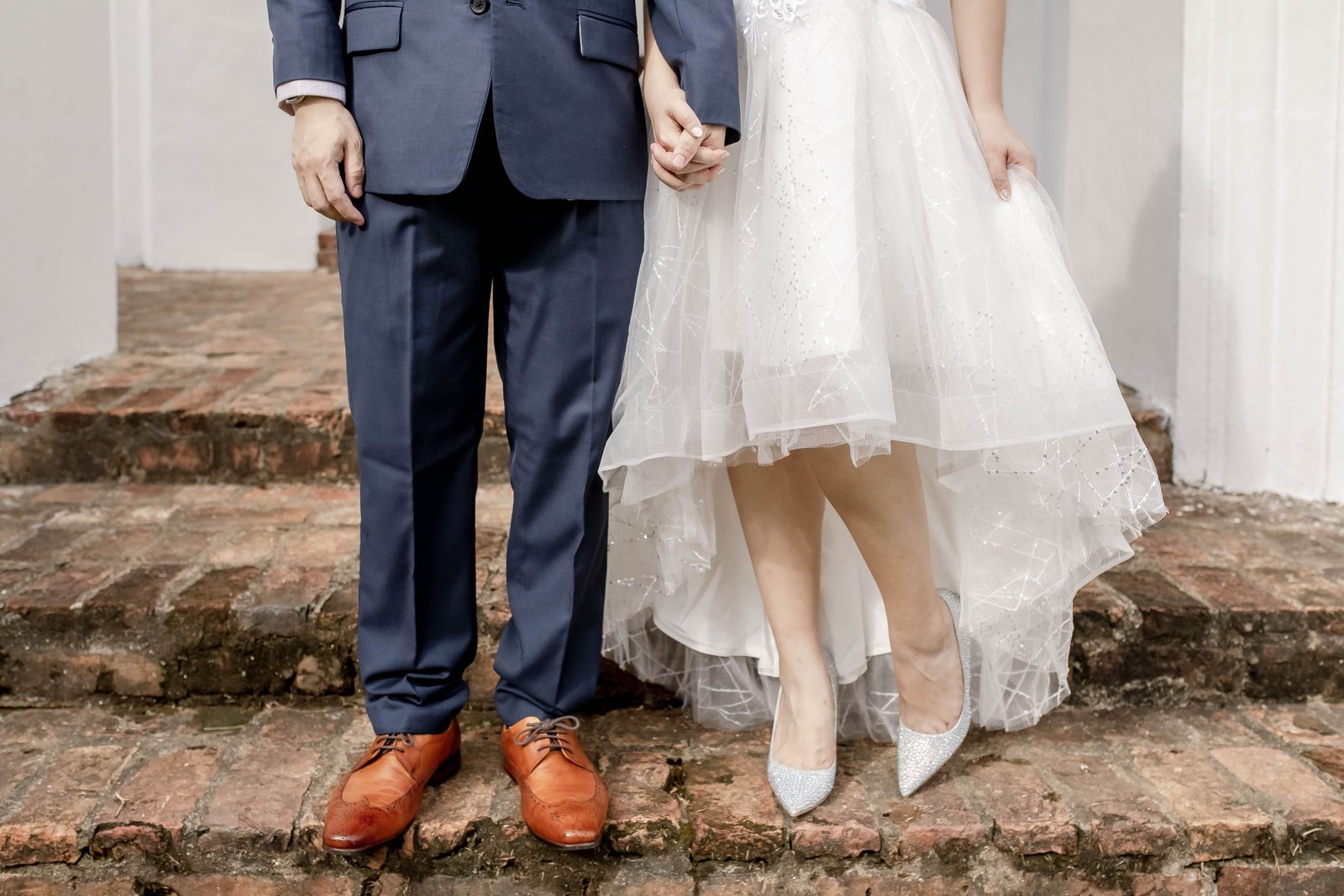
Why Film Works for Travel
For a travel journalist, film photography offers an unparalleled way to document the essence of a place. While digital cameras often capture hyper-realistic details, film infuses each shot with character.
Picture a golden sunset over the Moroccan desert, its hues softened by the natural grain of the film. Or a bustling market scene in Vietnam, where the slight blur of motion brings the chaos and energy to life. Film transforms these moments into memories, offering a perspective that feels deeply personal and evocative.
The addition of a 70-200mm telephoto lens has further enhanced my ability to tell stories through film. Whether capturing the architectural details of a distant cathedral or zooming in on the vibrant street art in a hidden alleyway, the extended range allows me to explore new perspectives and nuances in every destination.
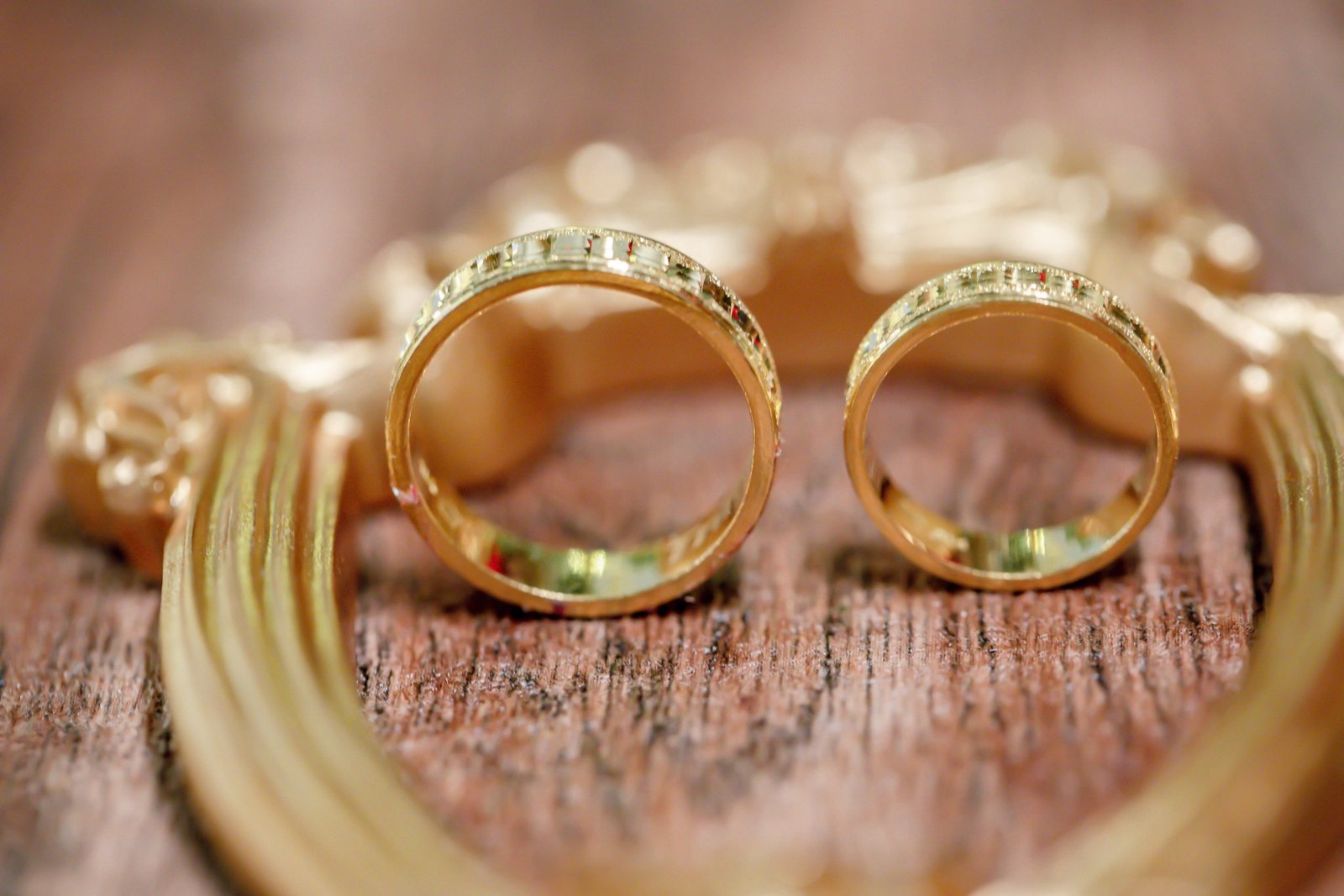
Challenges and Rewards
Film photography isn’t without its hurdles. Unlike digital, where memory cards can hold thousands of images, a roll of film has limited capacity. You’ll need to plan your shots carefully, ensuring you make every frame count. This constraint, though daunting, is also liberating, it forces you to slow down, observe, and truly connect with your surroundings.
Then there’s the matter of cost. Film, development, and printing can add up, making it less budget friendly than digital. Yet, for those willing to invest in the process, the rewards far outweigh the expense.
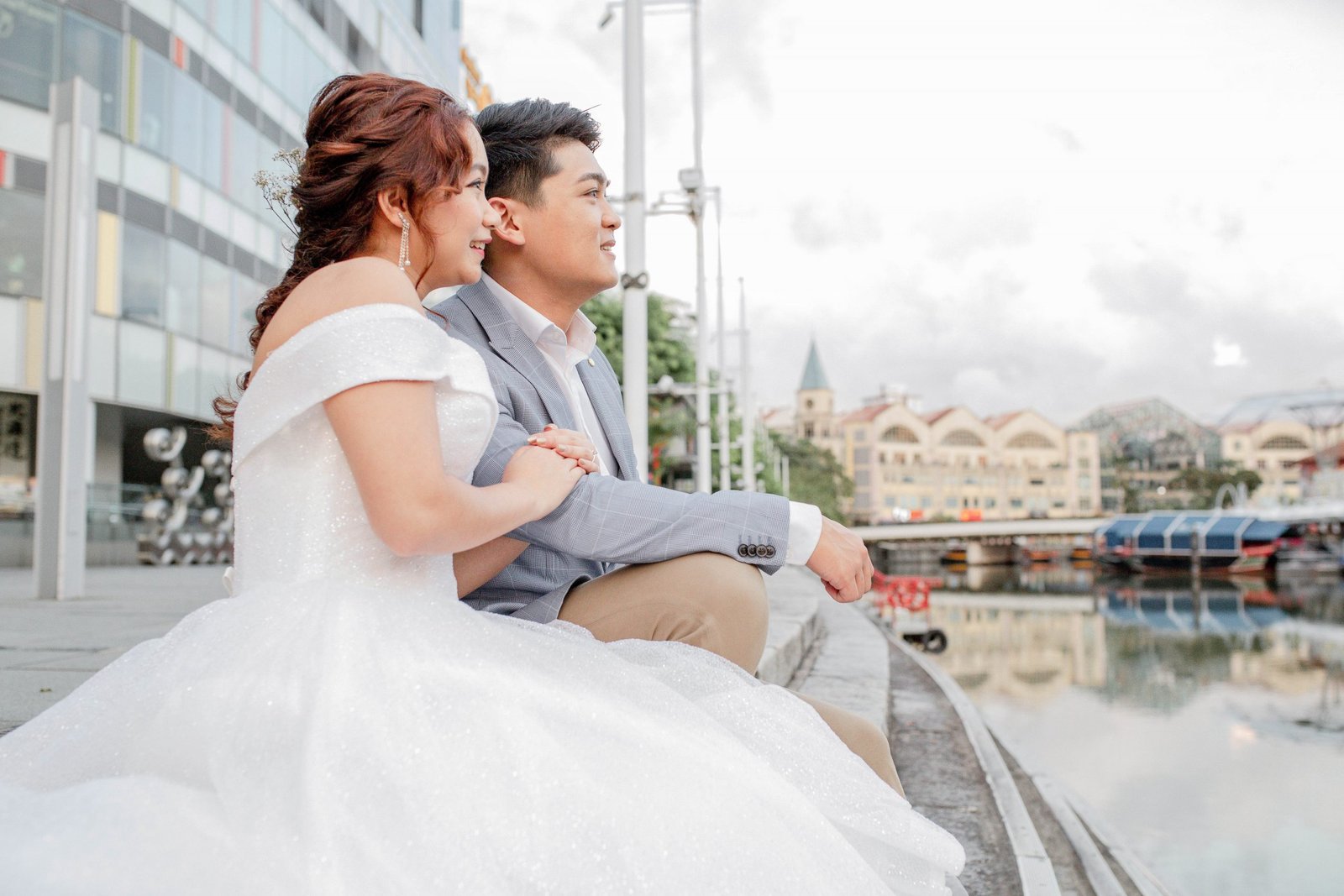
Tips for Getting Started
- Start Small: If you’re new to film, consider investing in a beginner-friendly camera like the Canon AE-1 or a vintage Nikon FM10. These models are affordable and widely available in secondhand markets.
- Choose Your Film Wisely: Experiment with different film stocks to find the aesthetic that resonates with you. Kodak Colorplus 200 is a great starting point, while Fuji Pro 400H offers muted tones ideal for portraits.
- Learn the Basics: Understanding concepts like ISO, aperture, and shutter speed is essential for film photography, as there’s no auto mode to fall back on.
- Practice Patience: Accept that not every shot will be perfect, and that’s okay. The charm of fifilm lies in its unpredictability.
- Find a Good Lab: Developing film is an art in itself. Research local labs or online services known for their quality processing.
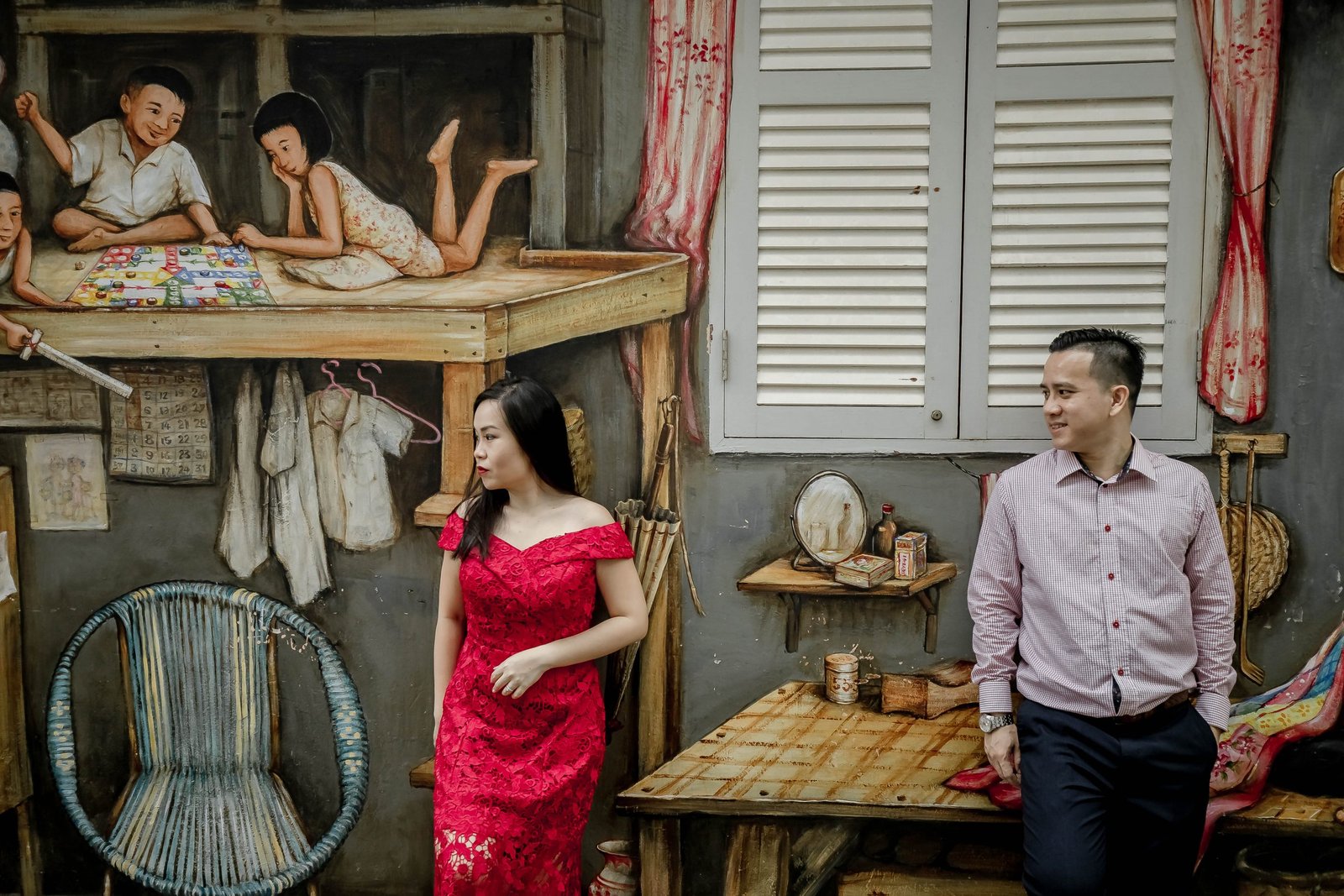
Why Film Photography Still Matters
In a world of instant gratification, film photography teaches us the value of slowing down. It reminds us that imperfection can be beautiful, that the process is just as important as the result. For travelers, it offers a way to connect more deeply with the places we visit, capturing not just what we see, but how we feel.
Film photography is more than a medium, it’s a mindset. It encourages mindfulness, creativity, and a deeper appreciation for the art of storytelling. Whether you’re wandering the streets of Paris or hiking through the Himalayas, a film camera in hand transforms the experience into something truly magical.

Final Thoughts
The resurgence of film photography isn’t just nostalgia, it’s a reminder of the timeless beauty of imperfection. As a travel journalist, my film camera is more than just a tool; it’s a bridge between the past and present, a way to tell stories that resonate on a human level.
So, next time you’re planning an adventure, consider packing a roll of film alongside your digital gear. With the addition of versatile lenses like the 70-200mm, the possibilities are endless. Embrace the quirks, the challenges, and the surprises that come with shooting analog. You might just find that the imperfect beauty of film captures not only the essence of your travels but also the soul of the journey itself.
Capturing imaginations
Follow Along On Instagram!
hello@veramorgana.com
Singapore (+65)8058 7328

